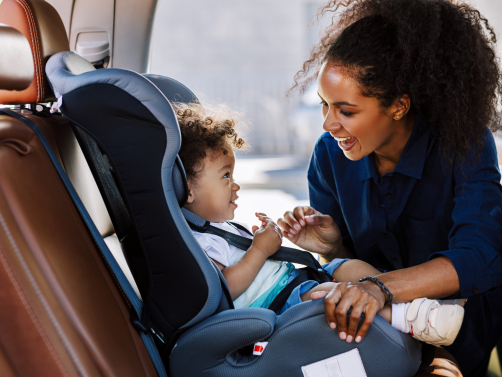A correctly installed car seat is your child’s first line of defense on the road. Every year, misuse or poor installation contributes to preventable injuries during vehicle accidents. In this guide, we’ll cover the essentials of choosing, installing, and adjusting your baby’s car seat — so you can drive with confidence and keep your little one protected.
1. Why Car Seats Matter
- Impact Reduction: In a crash, a properly installed seat absorbs up to 95% of crash forces, helping prevent head, neck, and spinal injuries.
- Legal Requirement: South African law mandates appropriate child restraints for infants and toddlers — failure to comply can lead to fines and, more importantly, risk your child’s safety.
- Peace of Mind: Knowing your seat is correctly fitted lets you focus on the road, not on worrying if your child is secure.
2. Choosing the Right Seat
- Rear-Facing Infant Seats: Recommended from birth until at least age two (or until the maximum weight/height). These seats support your baby’s fragile neck and spine by cradling them safely.
- Convertible Seats: Can switch between rear-facing and forward-facing as your child grows. Look for high weight-limit models to extend rear-facing use.
- High-Back Boosters & Harnessed Boosters: For older toddlers (from about 15 kg) transitioning out of convertible seats. Ensure the lap belt rides low on hips — never across the abdomen.
3. Installation Guidelines
- Angle & Recline: Most infant seats have a built-in angle indicator. Aim for a 30°–45° recline so your baby’s airway stays open.
- Secure Attachment: Use either ISOFIX connectors (if your vehicle supports them) or the seat belt. The seat should not move more than 2 cm side-to-side or front-to-back when tested at the belt path.
- Tether Strap: For forward-facing installation, always attach the top tether to the designated anchor point in your car.
4. Harness Fit & Adjustments
- Chest Clip Position: Level with your baby’s armpits, not on the abdomen or neck.
- Strap Tightness: You should not be able to pinch any slack at the shoulder — straps must lie flat and snug.
- Shoulder Height: For rear-facing, harness slots should be at or just below shoulder level; for forward-facing, at or just above.
5. Transition Timing
- Rear-Facing to Forward-Facing: Keep children rear-facing as long as possible — ideally to the seat’s maximum rear-facing limit.
- Forward-Facing to Booster: Once forward-facing harnessed limits are reached, switch to a high-back booster.
- Booster to Seat Belt: Only when your child is mature enough to sit without slouching (typically 4–8 years old and taller than 1.5 m).
6. Extra Tips for Safe Travel
- Avoid Bulky Clothing: Jackets and snowsuits compress in a crash, leaving harnesses too loose — use blankets over the harness instead.
- Second-Hand Seats: Only use if you know its full history — no older than six years, never after a crash, and with all original parts and instructions.
- Professional Check: Many fire stations and hospitals offer free car-seat fitting checks — take advantage!
Car-seat safety is just one part of being a prepared parent. Our Baby & Child CPR & First Aid Course teaches you hands-on installation, emergency response for infant injuries, and confidence-boosting first-aid skills — so you’re fully prepared on every journey.
Book your training with Survival CPR today.
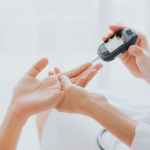
Managing a Diabetic Emergency
A quiet coffee break turned critical in seconds.Trauma nurse Catherine Rodwell shares how quick action—and a teaspoon of syrup—helped save a life during a sudden diabetic emergency. Whether you’re a parent, teacher, or just someone who wants to be prepared, this story is a powerful reminder of why first aid
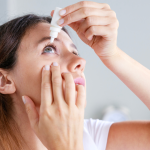
Clear Vision: Eye-Injury Emergency Steps
Your eyes are delicate and exposed, making them especially vulnerable to sudden injuries — whether from chemical splashes or small foreign objects like dust, metal shavings, or wood splinters. Knowing how to respond quickly and correctly can protect vision, reduce damage, and prevent long-term complications. Here’s a simple guide to
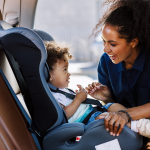
Strap In for Safety: Master Baby Car Seat Use
A correctly installed car seat is your child’s first line of defense on the road. Every year, misuse or poor installation contributes to preventable injuries during vehicle accidents. In this guide, we’ll cover the essentials of choosing, installing, and adjusting your baby’s car seat — so you can drive with
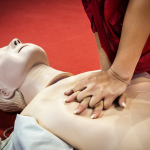
Why Everyone Should Learn CPR
In an emergency, the actions you take in the first few minutes can mean the difference between life and death. Cardiopulmonary resuscitation (CPR) is one of the simplest and most effective ways to help save a life — and yet, many people still don’t feel confident enough to use it

Who & When to Call Emergency Services
In an emergency, every second counts — but knowing when to call for help can make all the difference. Whether it’s a medical crisis, accident, or unexpected health scare, many people hesitate or second-guess themselves in the moment. That delay can be dangerous. The truth is, it’s better to call
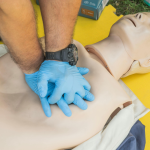
Top 5 CPR Myths Debunked!
When it comes to CPR (Cardiopulmonary Resuscitation), misinformation is everywhere. These myths can prevent people from stepping in to help when every second counts. At Survival CPR, we believe knowledge is power—and in this case, it could be life-saving. Separate fact from fiction and empower yourself to act confidently
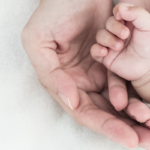
About
Welcome Founded in 2001 by Sister Catherine Rodwell, a seasoned trauma and ICU expert with extensive experience in medical evacuations across Africa, Survival® CPR is dedicated to empowering individuals with life-saving skills. Her mission is to equip parents, nannies, childminders, teachers, and employees with the knowledge and skills to respond

Scholars CPR and First Aid Course
Scholars CPR and First Aid Course Children can save lives! Our Scholars CPR and First Aid Course is tailor-made for young children from the age of 9 to 18. This vital course will enable young and older children to know how to handle an accident or emergency involving children and

Baby and Child CPR and First Aid Course
Baby & Child CPR and First Aid Course Our Baby and Child CPR and First Aid Course is tailor-made for parents. This vital course will teach a parent how to handle an accident or emergency involving babies and children. You will learn how to handle all First Aid emergencies as


